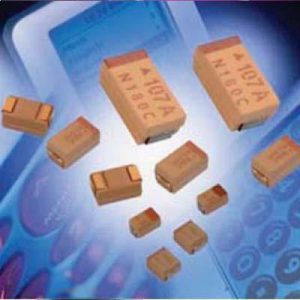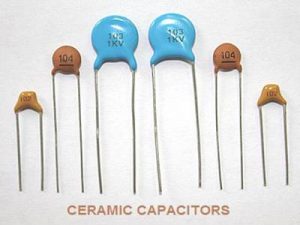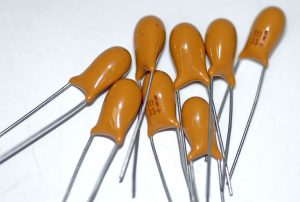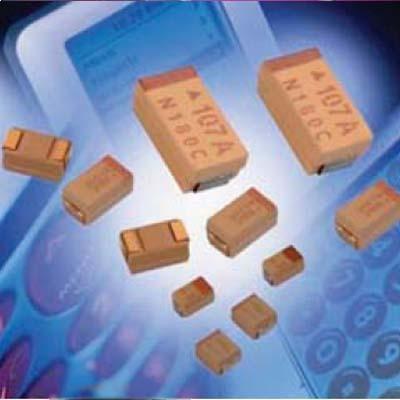The function of capacitors is to remove the crosstalk of various high-frequency signals generated by the chip itself to other chips so that each chip module can work normally without interference. In the high frequency electronic oscillating circuit, the SMT capacitance and crystal oscillator together form an oscillating circuit to provide the required clock frequency. Its main chemical components are nickel and chromium, and the shape is filamentous, so it is called nickel-chromium wire.

Ceramic capacitors
Ceramic capacitors are made by high dielectric constant capacitor ceramics, which are extruded into tubes, wafers, or disks as the medium. It is divided into two types: high-frequency porcelain medium and low-frequency porcelain medium. Low-frequency ceramic dielectric vessels are limited to those occasions where they are used as by-passes or dc insulation in circuits with lower operating frequencies, or where stability and loss requirements are not high. Such capacitors are not suitable for use in pulse circuits because they are vulnerable to breakdown by impulse voltage.

Tantalum Capacitors
Tantalum capacitors are characterized by long life, high-temperature resistance, high accuracy and excellent performance of the high-frequency filter. Tantalum capacitors can generally withstand high temperature and voltage and are often used for high-frequency filtering. Ceramic capacitors look a bit like patch resistors, but they are smaller in capacity and more expensive than aluminum capacitors and have relatively low voltage and current resistance.
Compared with ceramic capacitors, tantalum capacitors on SMT are labeled with capacitance and pressure resistance, and the surface color is usually yellow and black. SMT aluminum electrolytic capacitors have a larger capacity than SMT tantalum capacitors, which is more commonly seen on the display card, with a capacity between 300 VPS F and 1,500 VPS F.

The difference between tantalum capacitors and ceramic capacitors
They are made of different materials. As the name implies, tantalum capacitors use tantalum as the medium, while ceramic capacitors use ceramics as the medium. The capacitance of ceramic capacitors is much smaller than that of tantalum capacitors. Tantalum electrolytic capacitors can achieve a small capacitance, while the ceramic capacitor can hardly achieve the ideal performance when the capacitance is large.
Tantalum capacitors and ceramic capacitors also have different uses. Tantalum capacitors can be used as coupling, and the frequency range of such circuits as filter oscillatory bypass is large, while ceramic capacitors are mostly used in high-frequency circuits. Since tantalum capacitors are mainly made of tantalum, a very rare metal, so the capacitor grade tantalum powder is very expensive, while tantalum capacitors are sold at a high price and generally used only in high-end products that are not price-sensitive.
Multilayer ceramic capacitors are now the most widely used in almost all electronic products. In recent years, the capacity of ceramic capacitors has become larger and larger with the continuous progress of technology, and 47UF multi-layer ceramic capacitors have emerged. However, the large-capacity ceramic capacitors can only be made by a few big Japanese brands, so the price is still more expensive, which is similar to the price of tantalum capacitors.
Please visit http://www.samaterials.com for more information.
